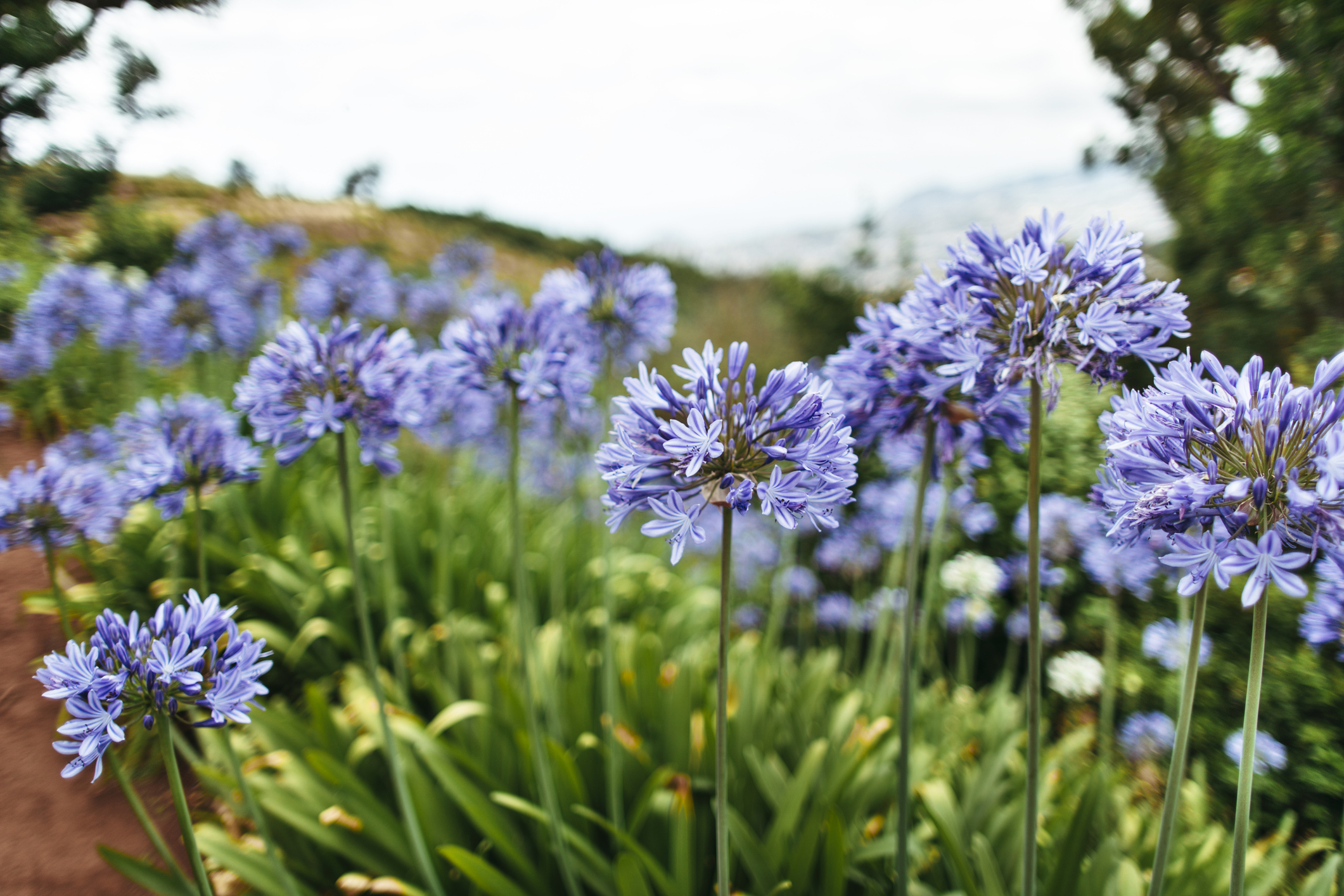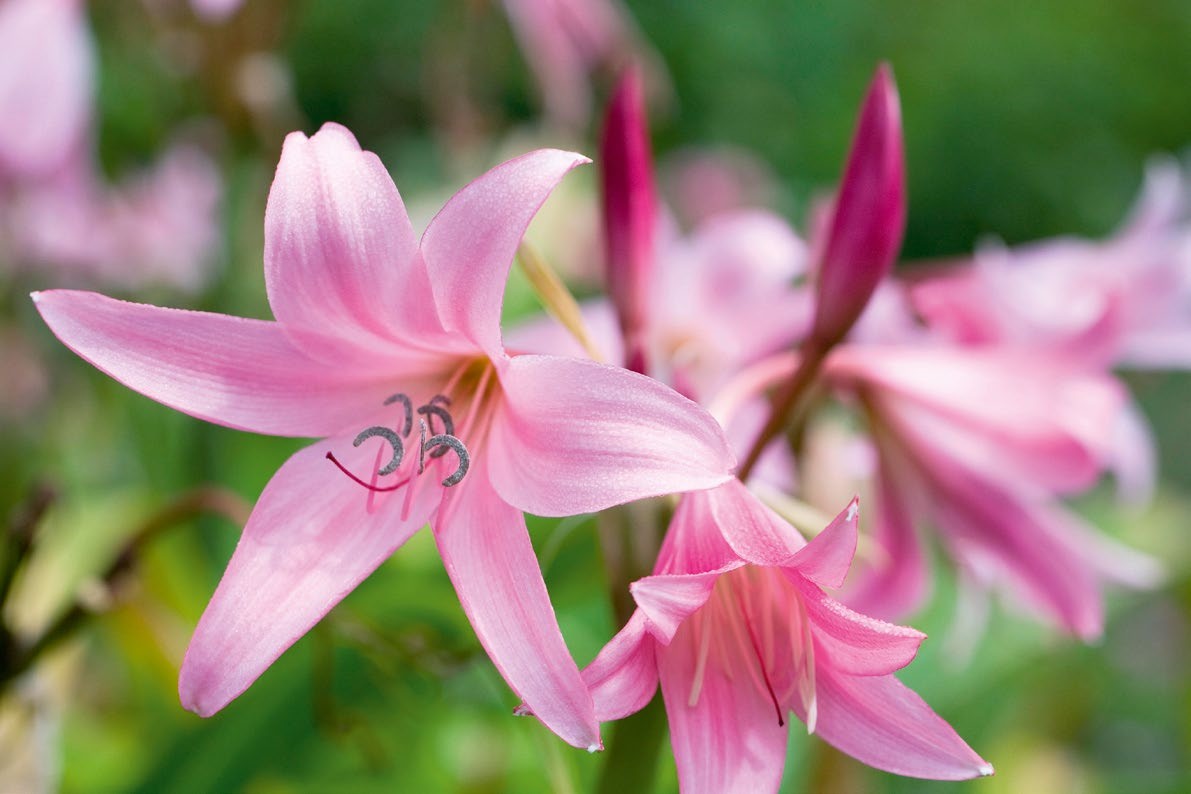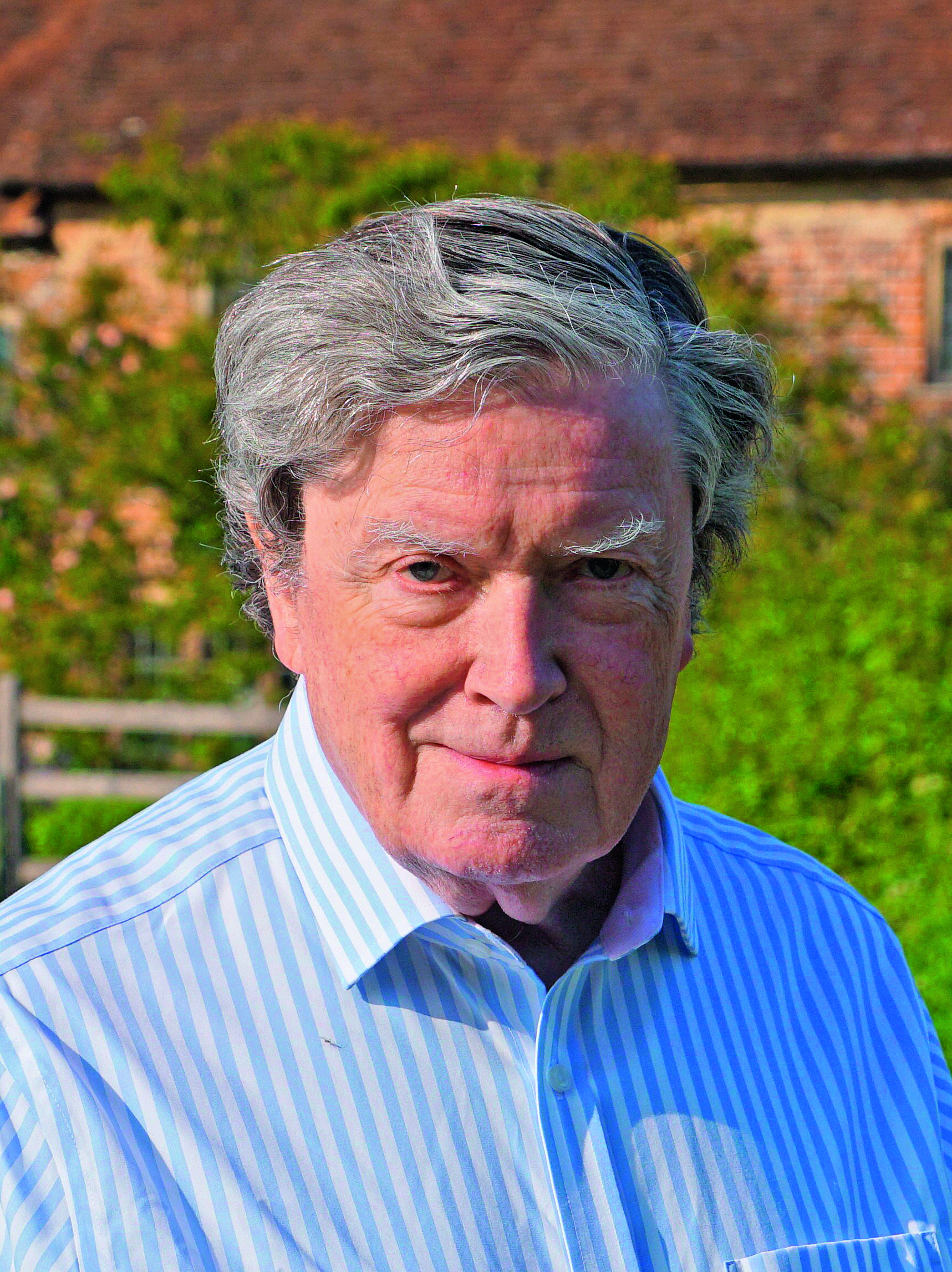'The best bulbs are those that give maximum pleasure for minimum effort — and these are the ones which will keep delivering for years'
Now is the time to decide what bulbs to plant to make the most of next spring. Charles Quest-Ritson offers his advice.


You cannot open a gardening magazine in September without finding advice on which bulbs to buy and how to plant them. Journalists love writing these articles: they’re easy to do and they can be re-hashed every year. Their readers are addled by glamorous catalogues and garden-centre notices that invite them to fill a bag for £5. Aren’t we all? There’s too much choice.
No one ever says anything about what happens to those bulbs five years later. The tulips will probably have died out, the grape hyacinths will have seeded all over the garden and you will never be rid of the Spanish bluebells or the alliums.
The best bulbs, like all the best plants, are those that give maximum pleasure for minimum effort. You plant them and they do their job. They get better year by year, but never take over or demand your intervention. Such bulbs are perfect for gardeners and non-gardeners alike.
Daffodils are a good example. Plant a bulb sometime this month and you can be sure it will produce flowers next spring. Leave it alone and you will have rather more flowers in 2027. By 2030, it will have made a handsome clump. You can feed it if you wish (I use Tomorite after they have flowered) or you can split it up and spread it around in new soil.
Or you can simply ignore it — you will still get a few flowers, year after year. In 1890, my great-grandmother planted daffodils on the edge of her croquet lawn in Ireland; the lawn is now a brambly mess, but the daffodils still flower every spring.
"If you want a quiet life, never plant alliums"
However, spring is also a season for bulb-buying. Two genera to buy next April are crinums and agapanthus. Both performed magnificently this year and both will increase steadily as the years go by. If you don’t already know crinums, I promise that you will be impressed by their enormous stately trumpets.
They are related to daffodils, but their flowers are very much larger and always pink or white (yellow crinums do exist, but you never see them in cultivation). Our garden crinums come from South Africa and grow on the banks of streams: a bucket of water in June or July helps them to flower well.
Exquisite houses, the beauty of Nature, and how to get the most from your life, straight to your inbox.
The two crinums most commonly grown are pink C. x powellii and its white form ‘Alba’, which you sometimes see in Catholic churches at about the time of the Feast of the Assumption. They are supposed to be tender — my father grew the white one in his vine house — but both forms have flourished outside for more than 50 years against a south-facing wall at Mottisfont Abbey in Hampshire.

Minimum effort for maximum pleasure: crinums such as Crinum x powellii will bulk up steadily year after year.
The clumps have expanded, but not enough to threaten other plants. Both look fresh and impressive at that point in summer when the roses are between their first and second flowerings. Climate change must surely mean that now they no longer need the protection of walls; I must test them in an open site on the south-facing chalky slopes where I try to garden.
Recent years have seen an explosion of interest in agapanthus. They actually grow from rhizomes, not bulbs, but they are also South African members of the daffodil family and long regarded as too tender to grow outside in England. However, the Hon Lewis Palmer, who lived near Winchester in Hampshire, grew many generations from seed and, in the 1940s and 1950s, developed a hardy group he called ‘Headbourne Hybrids’. One of his neighbours cultivated them in vast numbers to sell as cut flowers to passengers on the Cunard liners at Southampton. The big ships have passed into history, but his son still grows them.
Hundreds of agapanthus are available nowadays and there isn’t a dud among them, but two things are worth knowing. The first is that they spread steadily: that glimpse of pure blue that thrills you in their first August expands over the years to become a pool of colour deep and wide. The second is that they come easily from seed. You have to be a bit careful to nurture the seedlings, but they start flowering in their third or fourth year and nothing daunts them thereafter.
It is important to make a distinction between steady clumpers, such as daffodils, and uncontrollable tearaways that threaten to take over the garden. Many bulbs will naturalise in woodland, flowering before the trees crowd out the sunlight. Bluebells and snowdrops are welcome examples, but I have a recurrent nightmare in which my garden is completely taken over by that foul-smelling super-invasive wild garlic that some people actually eat. If you want a quiet life, never plant alliums. Stick with the daffs — fill that £5 bag — they always give good value.
Charles Quest-Ritson’s book The Olive Tree (Ediciones El Viso, £50) is out now.
This feature originally appeared in the print edition of Country Life — here's how you can subscribe to Country Life magazine.
Charles Quest-Ritson is a historian and writer about plants and gardens. His books include The English Garden: A Social History; Gardens of Europe; and Ninfa: The Most Romantic Garden in the World. He is a great enthusiast for roses — he wrote the RHS Encyclopedia of Roses jointly with his wife Brigid and spent five years writing his definitive Climbing Roses of the World (descriptions of 1,6oo varieties!). Food is another passion: he was the first Englishman to qualify as an olive oil taster in accordance with EU norms. He has lectured in five languages and in all six continents except Antarctica, where he missed his chance when his son-in-law was Governor of the Falkland Islands.
